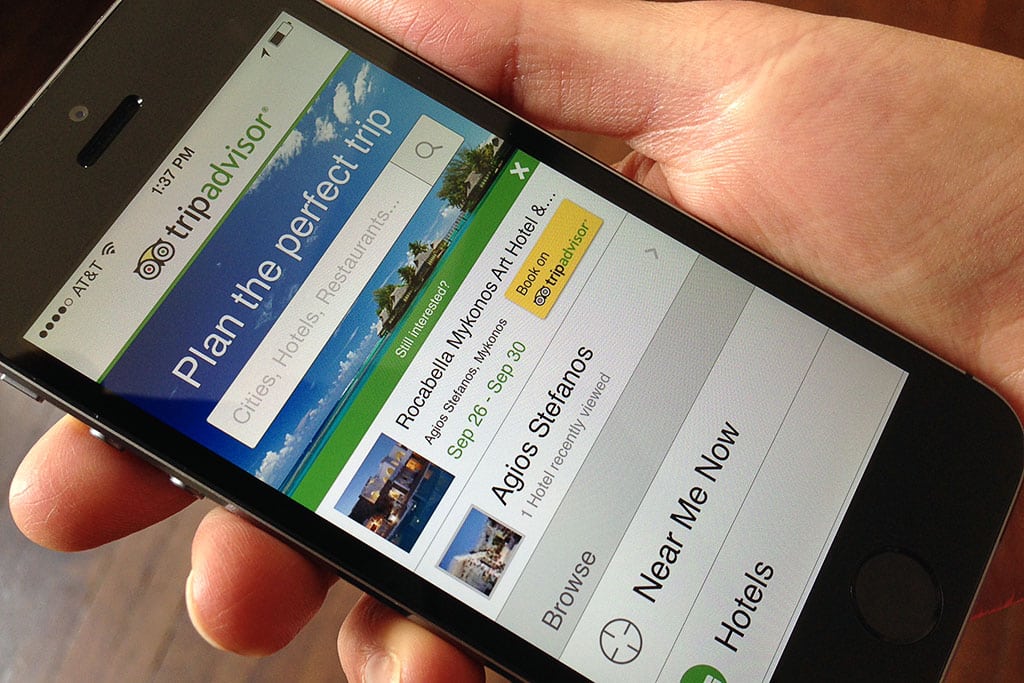7 Data Points Hidden Inside TripAdvisor's Quarterly Report

Skift Take
The growth rate of people using TripAdvisor's hotel metasearch product, Hotel Shopper, has been decelerating. Perhaps TripAdvisor's next TV ad campaign will provide more of a direct tie-in to Hotel Shopper rather than its current generic bent, "Visit TripAdvisor New York" etc.
Mobile holds promise and is a huge challenge for TripAdvisor, and virtually all online travel companies.
In fact, TripAdvisor states that the monetization it gets from mobile is only 20% of what it gets from desktop users.
TripAdvisor was candid about mobile and other issues in seven data points we gleaned from TripAdvisor's quarterly Securities and Exchange Commission filing.
1. Mobile Monetization
TripAdvisor monetizes users on smartphones at just 20% of desktop monetization, the company says, while tablet monetization is similar to that of users surfing on desktops.
"We do display graphic advertising on smartphones, however, our smartphone monetization strategies are still developing, as smartphone monetization is currently less than 20% of desktop monetization while tablets monetize more closely to desktops."
To improve monetization in Hotel Shopper, TripAdvisor's hotel metasearch offering, the company is furiously trying to increase the number of partners who would facilitate direct booking in TripAdvisor's apps and on the desktop.
But, big online travel agencies such as Expedia, Booking.com and Orbitz have declined to play so far in TripAdvisor's direct bookings, which it calls Instant Booking, and this limits their comprehensiveness.
2. The Revenue Challenge of Mobile and International Growth
TripAdvisor's revenue per user for its Hotel Shopper product grew 11% in the second quarter and 8% for the first six months of the year, but the higher CPCs paid by TripAdvisor's advertising partners were partially offset by lower monetization on mobile and i

